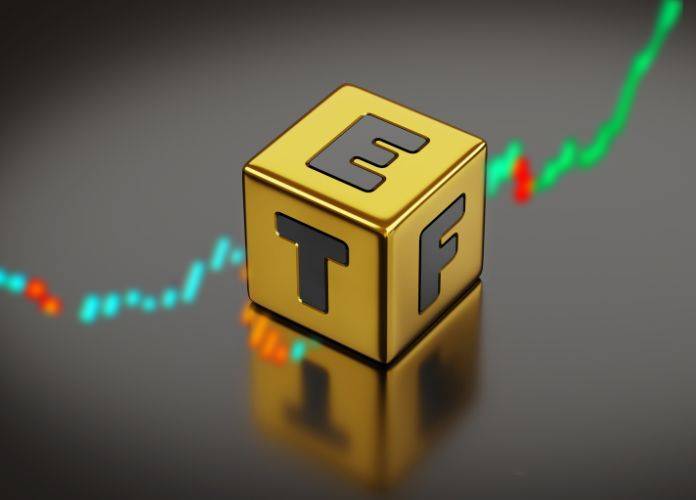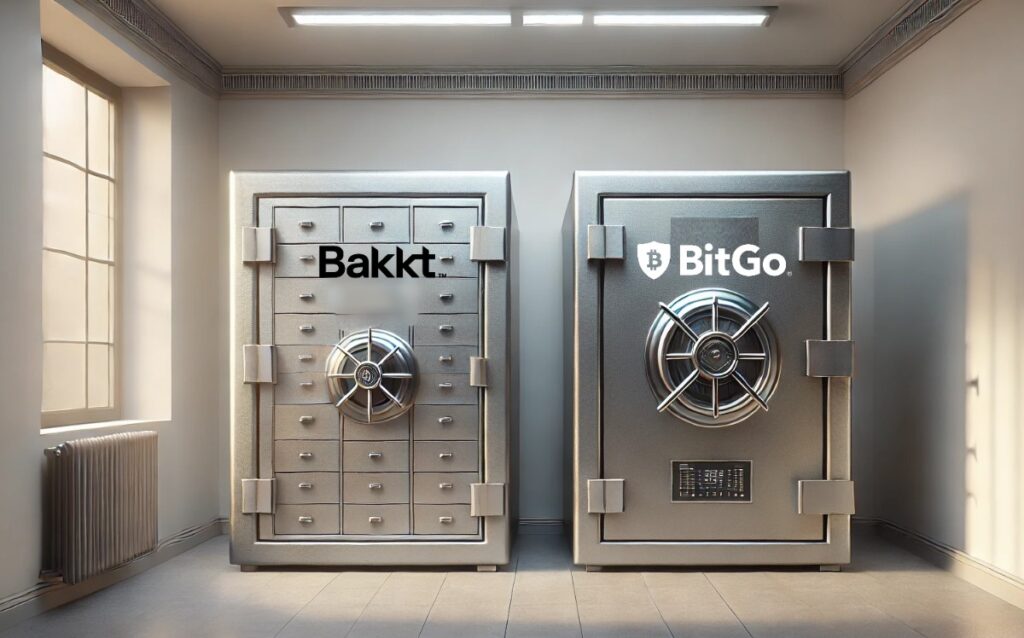If all the Bitcoin ETFs reflect the spot price of Bitcoin, how is it that some ETFs will perform better than others? What factors will influence a Bitcoin Spot ETF’s performance?
Updated Sept 1st. Ultimately, it will be a Bitcoin ETF’s performance that will separate one from another. Below are the current published performance results for each of the major US Bitcoin ETFS. Click the logo link to check the latest performance. Note that not all ETFs record performance in the same way – with some opting for since inception, while others record by quarter or month to month.
BITCOIN SPOT ETF COMPARISON
TICKER |
AUM |
FEES |
EXCHANGE |
PRICE |
PERF. |
||
GBTC |
13.47B |
1.5% |
NYSE |
47.24 |
56.4% |
||
IBIT |
21.23B |
0.21% |
NASDAQ |
33.78 |
37.65% |
||
BITB |
2.22B |
.20% |
NYSE |
32.33 |
30.64% |
||
BTCO |
468.2M |
.25% |
CBOE |
59.23 |
TBC% |
||
HODL |
648.03M |
0% |
CBOE |
67.15 |
43.73% |
||
EZBC |
395.70M |
0.19% |
CBOE |
34.42 |
28.72% |
||
FBTC |
11.88B |
0.25% |
CBOE |
51.85 |
TBC% |
||
ARKB |
3,185B |
0.21% |
CBOE |
59.29 |
30.82% |
||
BTCW |
216.81M |
0.25% |
CBOE |
63.027 |
30.63% |
||
DEFI |
8.79M |
TBC% |
NYSE |
67.24 |
35.44% |
Bitcoin Spot ETF Price Performance – Why They Differ
So if they’re all merely mirroring the price of Bitcoin, what other dynamics will influence their price and performance? In general terms, the US Bitcoin ETFs have done nothing but impress.
BlackRock and Fidelity introduced their Bitcoin ETFs, IBIT and FBTC back in January. Since their inception, these funds have consistently attracted investments, surpassing the performance of 99.9% of all ETFs since the market’s initiation in the 1990s.
The remarkable rise in their popularity is attributed to increased institutional involvement in cryptocurrencies, worries about inflation, and the pursuit of alternative investment options amid global economic instability.
The performance differences among various spot Bitcoin ETFs, despite all holding Bitcoin, can be attributed to several factors:
- Fees and Costs: Each ETF has its own fee structure, including management fees and operational costs. Lower fees can lead to better net performance for investors. The SEC’s decision to approve multiple filings at the same time created fierce fee competition between issuers during the application process, which is good for investors. Lower fees and costs become paramount to attracting new assets, leading issuers to come to market with competitive fees. For example, checking the range of legacy Grayscale trusts, most of them currently charge 2% to 3%, while the largest Bitcoin futures ETF charges 0.95%, a far cry from the 0.20% price tag in Bitwise’s spot Bitcoin ETF filing when it eventually starts charging fees (most Bitcoin ETFs, including Bitwise, are charging zero fees currently).
- Trading Costs: Spot Bitcoin ETFs incur costs when buying and selling Bitcoin for share creations and redemptions. These trading costs can vary based on the efficiency of the fund’s management and the specific trading strategies employed. The value of a Bitcoin ETF’s shares reflects the performance of Bitcoin. As the price of Bitcoin moves, the value of the ETF shares adjusts accordingly. To ensure that the ETF shares stay in sync with Bitcoin prices, fund managers actively buy and sell, maintaining a balance between supply and demand. This active management can lead to slight differences in performance.
- Price Tracking Errors: While ETFs aim to closely track the price of Bitcoin, slight discrepancies, known as tracking errors, can occur. These can be influenced by the timing of trades, the liquidity of Bitcoin markets, and the specific mechanisms each ETF uses to replicate Bitcoin’s price. As Bitcoin futures traders will be well aware, the market price of Bitcoin will differ from exchange to exchange. The most accurate and efficient Bitcoin price is delivered by price data aggregator products like Brave New Coin’s Bitcoin Liquid Index which generates a Bitcoin price consistent with IOSCO principles for financial benchmarks. Unfortunately, an ETF provider struggling to accurately track the net asset value of Bitcoin may lead to performance discrepancies.
- Liquidity and Market Impact: ETFs with higher liquidity can potentially have lower trading costs and better ability to handle large inflows and outflows without significantly impacting the market price of Bitcoin.
- Counterparty Risk: Some ETFs may have exposure to counterparty risk, particularly if they rely heavily on a single entity (like Coinbase) for Bitcoin custody and trading. This can introduce an additional layer of risk that might affect performance.
- Regulatory and Operational Differences: Considered globally, ETF operates within a specific regulatory framework and has its own operational setup, which can impact its efficiency and performance.
- Market Sentiment and Demand: The market’s perception of an ETF’s credibility, management quality, and future prospects can influence investor demand, impacting the ETF’s price relative to the underlying Bitcoin.
Conclusion
In summary, while all spot Bitcoin ETFs hold Bitcoin, differences in fees, trading costs, operational efficiencies, and market perceptions can lead to variations in their performance. Investors should consider these factors, along with their own investment goals and risk tolerance, when choosing between different Bitcoin ETFs.

















